Map of the World with Latitude and Longitude Worksheet
Are you searching for a comprehensive, user-friendly worksheet to help your students understand the concept of latitude and longitude? Look no further! We have crafted a Map of the World with Latitude and Longitude Worksheet that is perfectly suited for educators teaching geography to students of various grade levels. This worksheet provides an engaging and interactive way for students to learn about the Earth's coordinate system and its importance in navigation and locating specific places on the map.
Table of Images 👆
More Other Worksheets
Kindergarten Worksheet My RoomSpanish Verb Worksheets
Cooking Vocabulary Worksheet
DNA Code Worksheet
Meiosis Worksheet Answer Key
Art Handouts and Worksheets
7 Elements of Art Worksheets
All Amendment Worksheet
Symmetry Art Worksheets
Daily Meal Planning Worksheet
What is latitude?
Latitude is the angular distance of a location on Earth measured in degrees north or south from the equator, which is considered as 0° latitude. It helps in determining how far north or south a point is from the equator, with the North Pole being at 90° north latitude and the South Pole at 90° south latitude.
What is longitude?
Longitude is a measure of how far east or west a point on Earth is from the Prime Meridian, which is the imaginary line that runs from the North Pole to the South Pole and passes through Greenwich, England. It is usually expressed in degrees, minutes, and seconds.
How are latitude and longitude lines measured?
Latitude and longitude lines are measured in degrees, with the equator serving as the reference point for latitude and the Prime Meridian as the reference point for longitude. Latitude lines run horizontally around the Earth, from 0 degrees at the equator to 90 degrees at the North and South poles, while longitude lines run vertically from 0 degrees at the Prime Meridian in Greenwich, UK, to 180 degrees in the eastern and western hemispheres. These lines allow for precise location pinpointing on Earth's surface.
What is the purpose of latitude and longitude lines on a map?
The purpose of latitude and longitude lines on a map is to provide a system of coordinates that help determine specific locations on Earth's surface. Latitude lines run horizontally, measuring the distance north or south of the equator, while longitude lines run vertically, measuring the distance east or west of the Prime Meridian. By using these coordinates, one can pinpoint a precise location anywhere on the globe.
How does latitude affect climate?
Latitude affects climate by influencing the angle at which the sun's rays hit the Earth's surface. Areas near the equator receive more direct solar radiation, leading to higher temperatures and a hotter climate. In contrast, regions closer to the poles receive less direct sunlight, resulting in cooler temperatures and a colder climate. This variation in solar energy impacts factors such as temperature, weather patterns, and seasonality, ultimately shaping the overall climate of a particular region.
How does longitude affect time zones?
Longitude affects time zones by determining the difference in time between locations. Each 15 degrees of longitude corresponds to a one-hour difference in time. As the Earth rotates around its axis, different longitudes experience sunrise and sunset at different times. This discrepancy in sunlight hours across longitudes is what led to the establishment of time zones, where regions within the same longitude band follow a standardized time to synchronize activities and schedules.
What is the Prime Meridian?
The Prime Meridian is an imaginary line that represents 0 degrees longitude on Earth, dividing the Eastern Hemisphere from the Western Hemisphere. It acts as the starting point for measuring longitude and serves as the reference point for determining time zones around the world. The Prime Meridian passes through the Royal Observatory in Greenwich, England, and is used as the standard for navigation and mapping purposes globally.
What is the significance of the Equator?
The Equator is significant because it is an imaginary line that divides the Earth into the Northern Hemisphere and the Southern Hemisphere. It plays a crucial role in determining climate patterns, biodiversity, and ocean currents. The Equator also marks the point where the sun is directly overhead at the equinoxes, leading to the lengths of day and night being nearly equal at these locations. Additionally, the Equator serves as a point of reference for navigation and is an essential concept in understanding the Earth's geography and how it influences various aspects of life on our planet.
How are latitude and longitude used in navigation?
Latitude and longitude are used in navigation to pinpoint specific locations on the Earth's surface. Latitude measures the north-south position, with 0 degrees at the equator and 90 degrees at the poles, while longitude measures the east-west position, with 0 degrees at the Prime Meridian in Greenwich, England. Together, latitude and longitude coordinates help sailors, pilots, and travelers determine their exact position, plot routes, and calculate distances between locations, aiding in efficient and accurate navigation.
How can latitude and longitude be helpful in locating specific places on a map?
Latitude and longitude are helpful in locating specific places on a map because they provide precise coordinates that indicate a point's exact position on the Earth's surface. Latitude measures a point's distance north or south of the equator, while longitude measures its distance east or west of the prime meridian. By using these coordinates, one can pinpoint any location on a map with accuracy, enabling precise navigation and identification of specific places.
Have something to share?
Who is Worksheeto?
At Worksheeto, we are committed to delivering an extensive and varied portfolio of superior quality worksheets, designed to address the educational demands of students, educators, and parents.




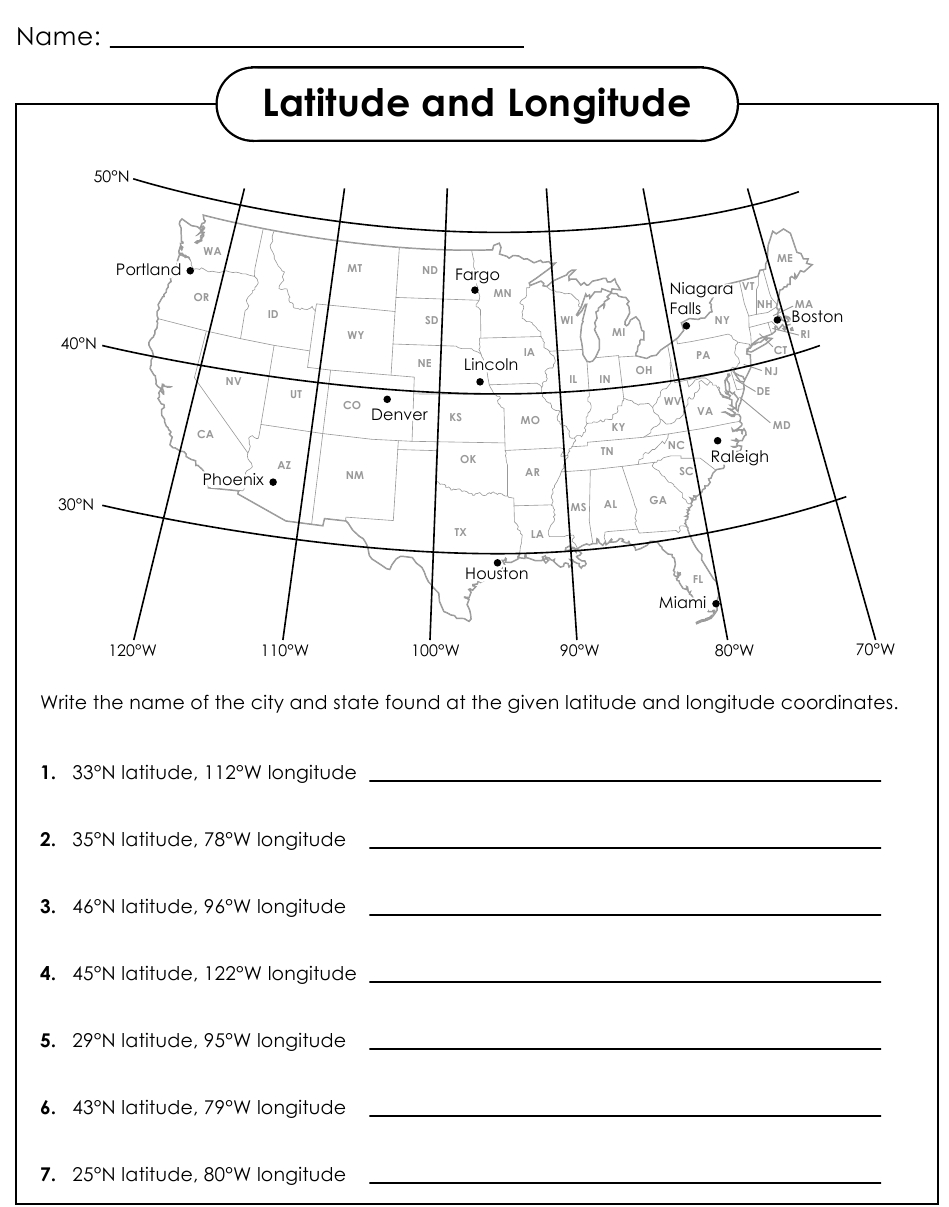
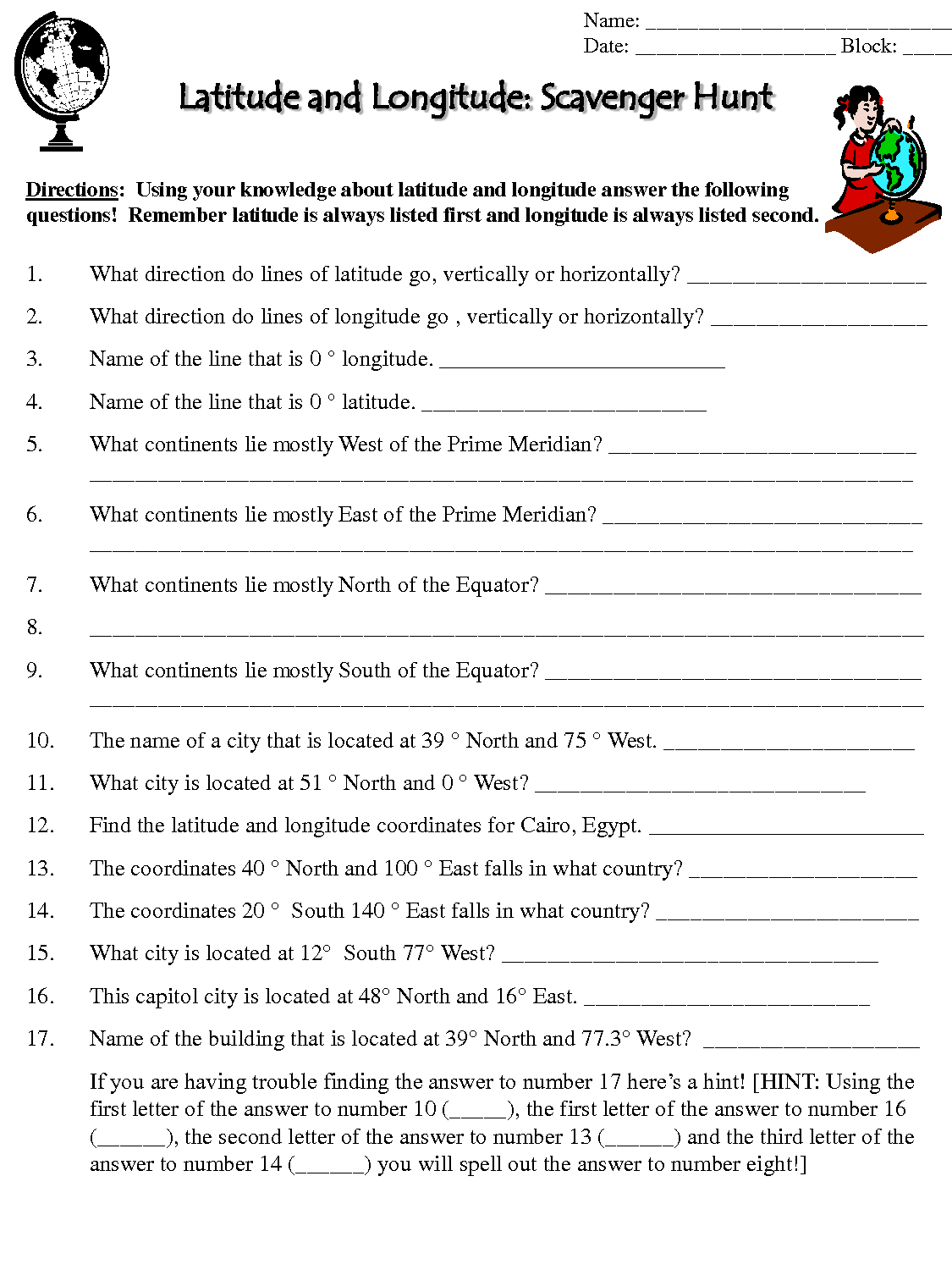
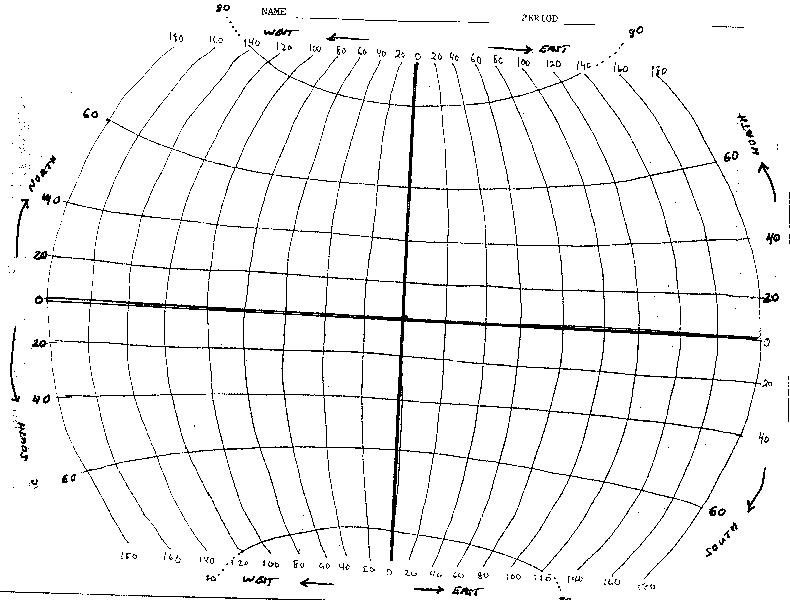
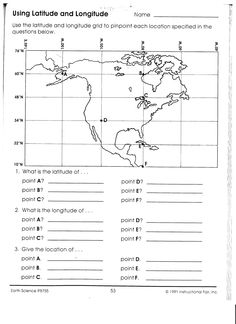

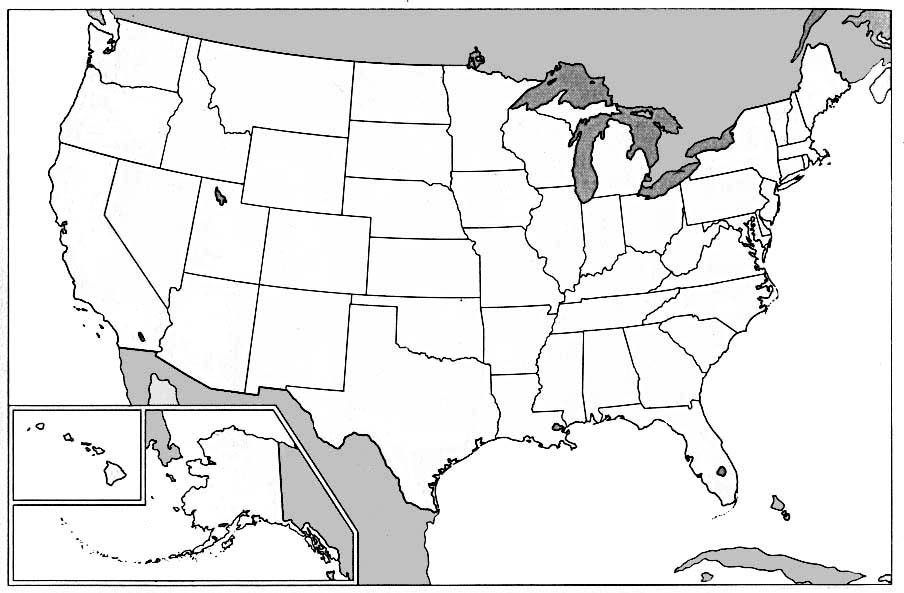


















Comments